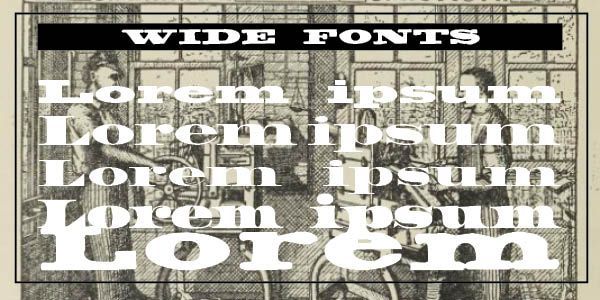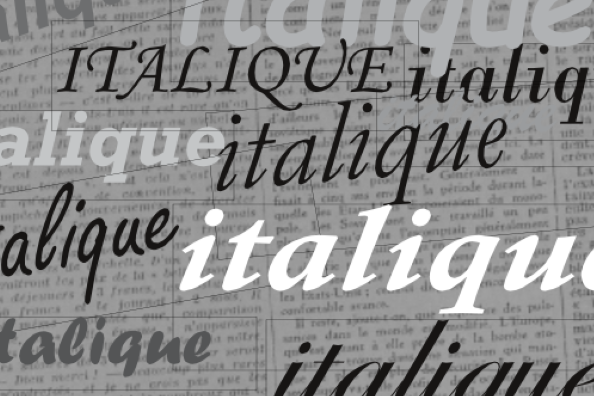Modern Resumé Makeover
A Modern Resumé Makeover. With companies laying off workers and hundreds, even thousands, of qualified and eager workers looking for jobs, a resumé is a must. But what kind of resumé? Obviously, Indeed.com and other sites offer digitally made resumés, and that may seem adequate for many job seekers. However, some companies and hiring managers, especially in the design arts, are looking for comps, for well-crafted designs, for portfolios of what the would-be worker is offering.
In the first diagram below, a standard (older style) resumé is offered. It has the necessary information, perhaps lacking an "objective" or "goal," but contains the relevant information employers and recruitment managers are searching for. It is sufficient, but tired, boring, unattractive and usually gets in the scrap heap with perhaps a passing glance. Those recruiters who do a six-second scan (the standard time) usually do what is called a "F-Scan" of the resumé. If something strikes his or her attention then the resumé is placed on a smaller pile for consideration.
However, to assure a more than six-second look, a well-crafted, personable styled, typologically interesting resumé can command some extra attention from job recruiters,, especially in the design and typesetting or printing business. This is offered in the second diagram and then "How We Did It" is in the Third. Take a look. CARE Typography can design a noteworthy resumé for you. Give us a call or send an email with your old resumé and watch the magic happen.
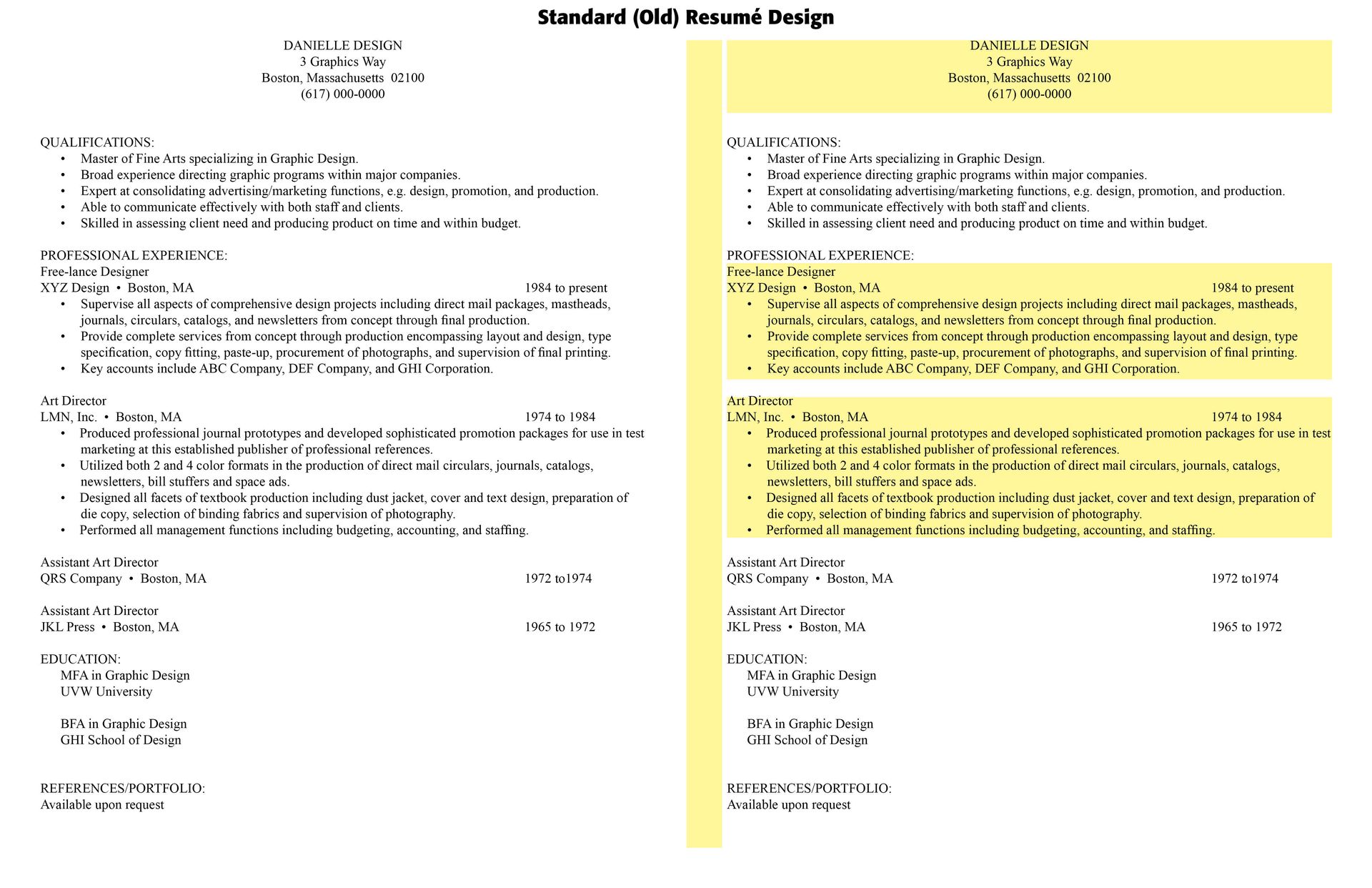
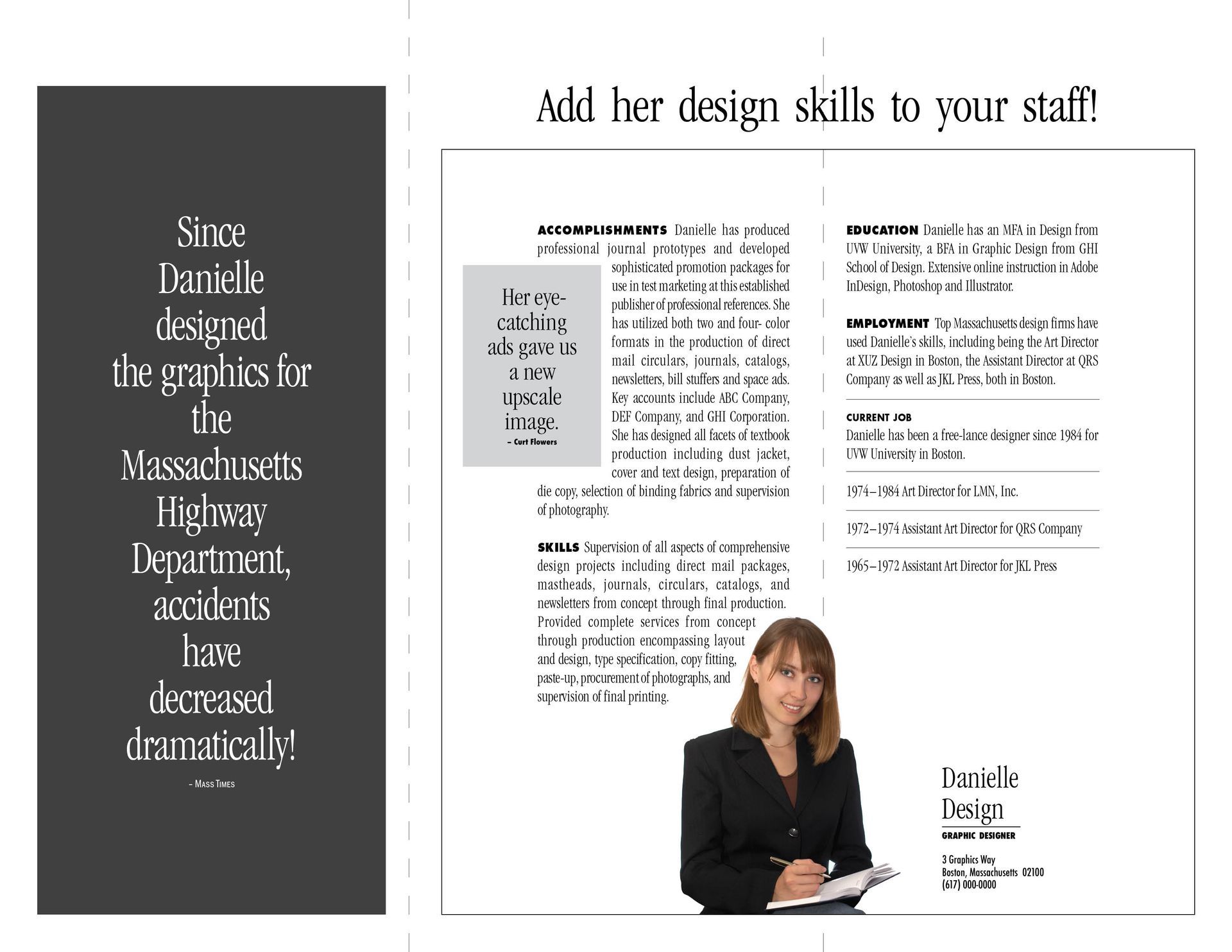
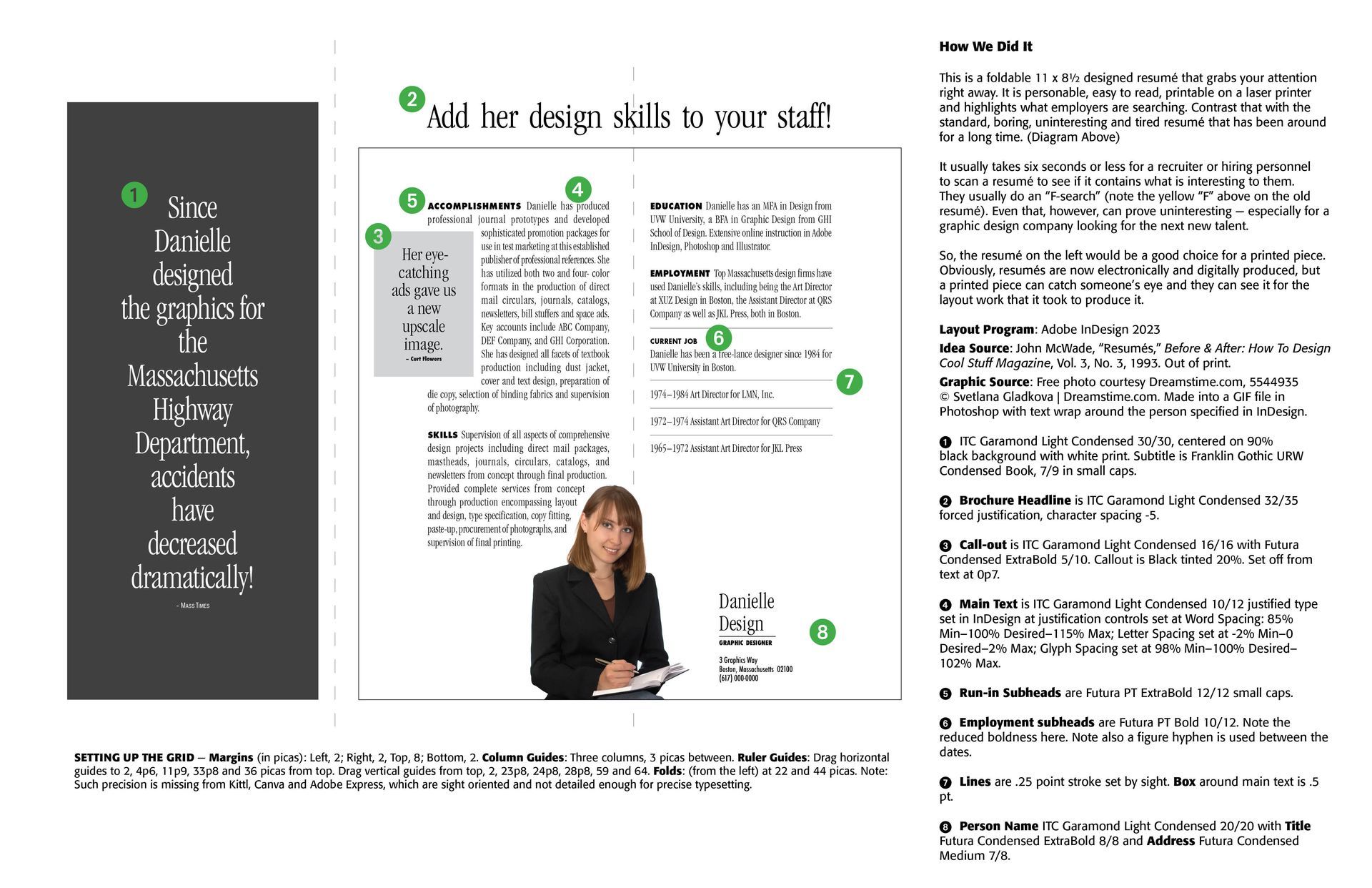
Successful Layout & Design
